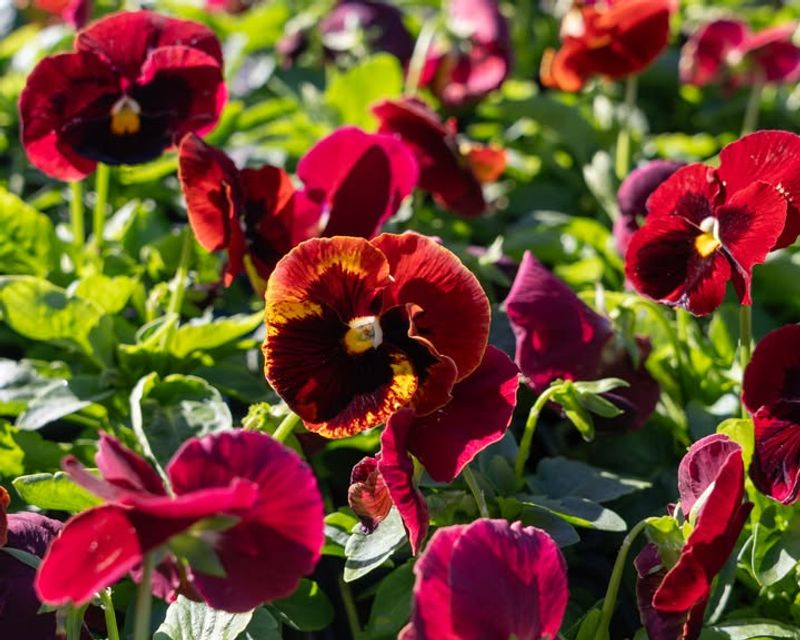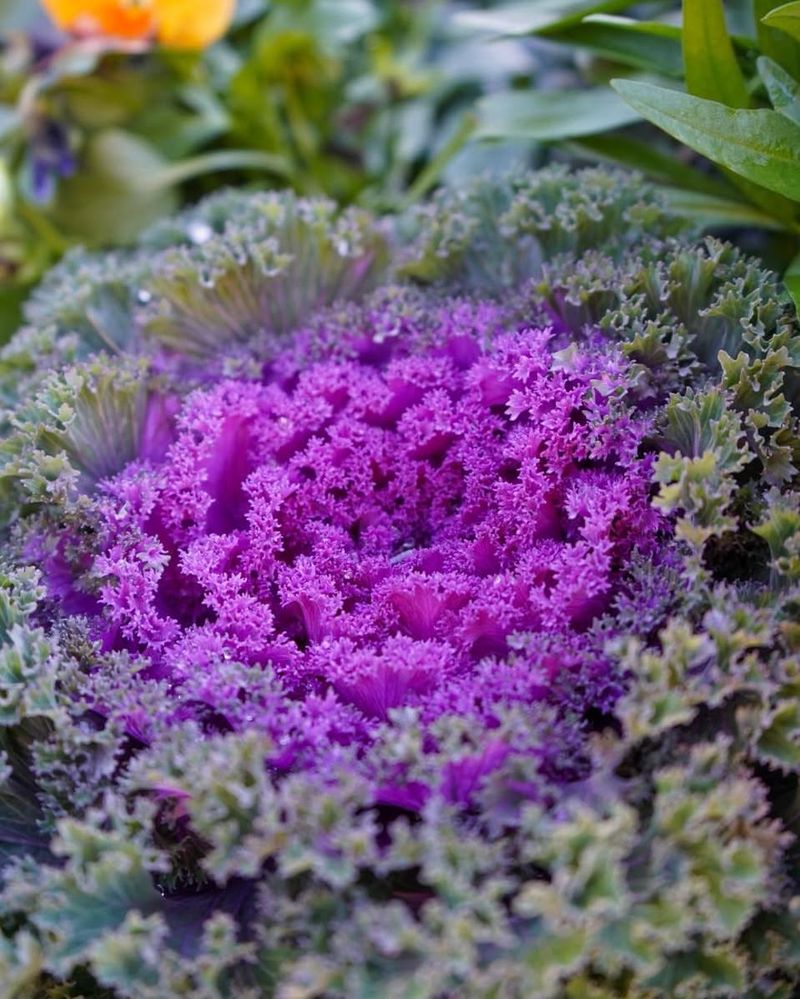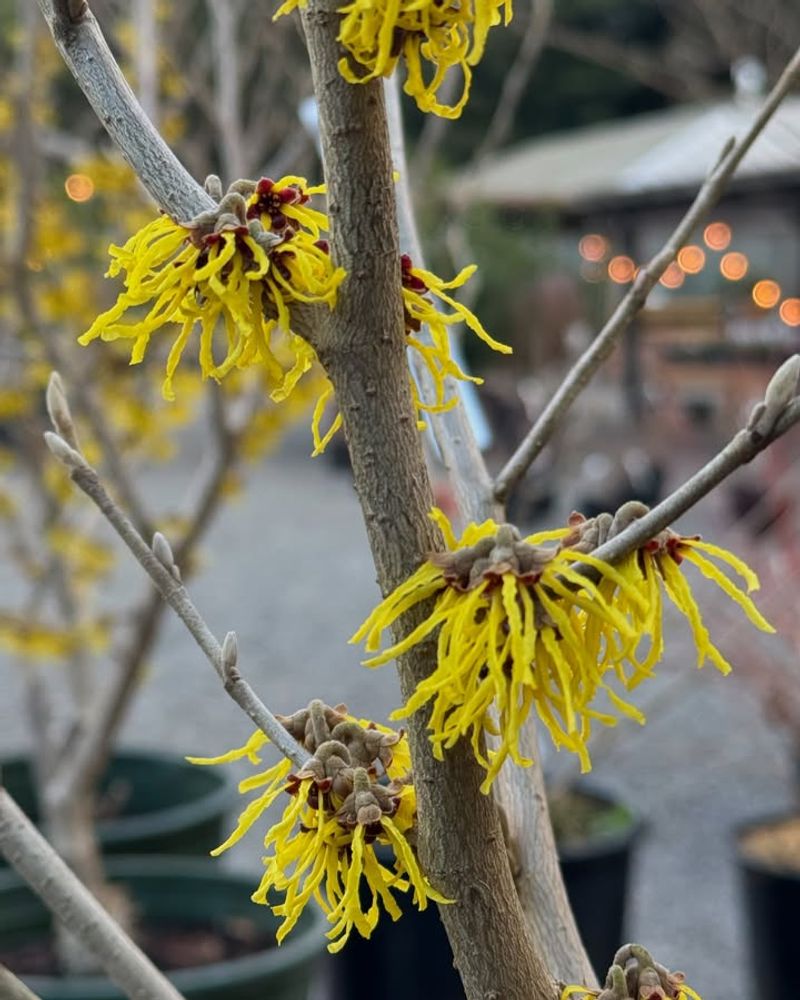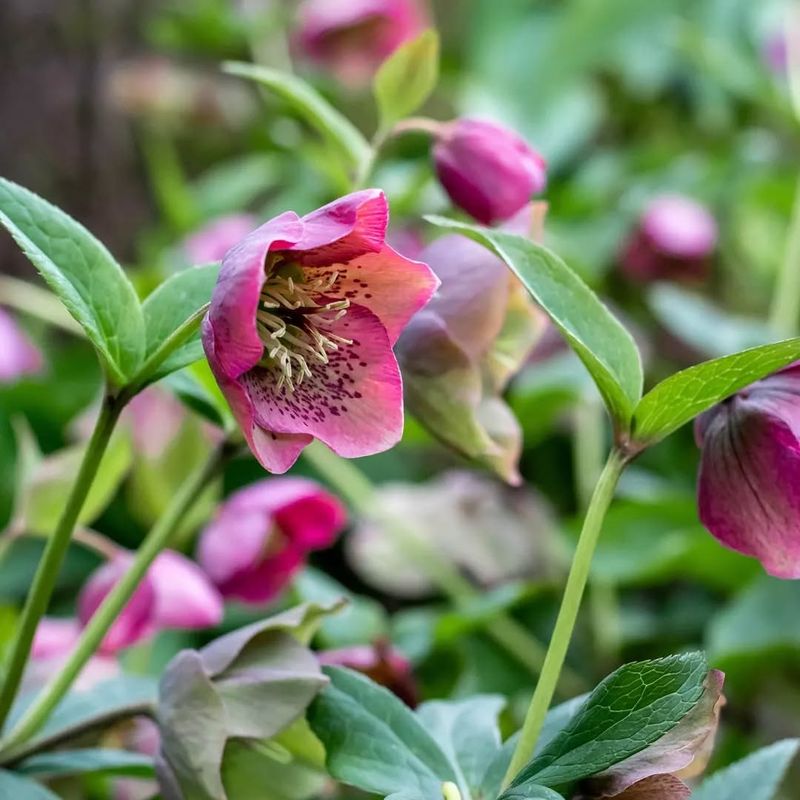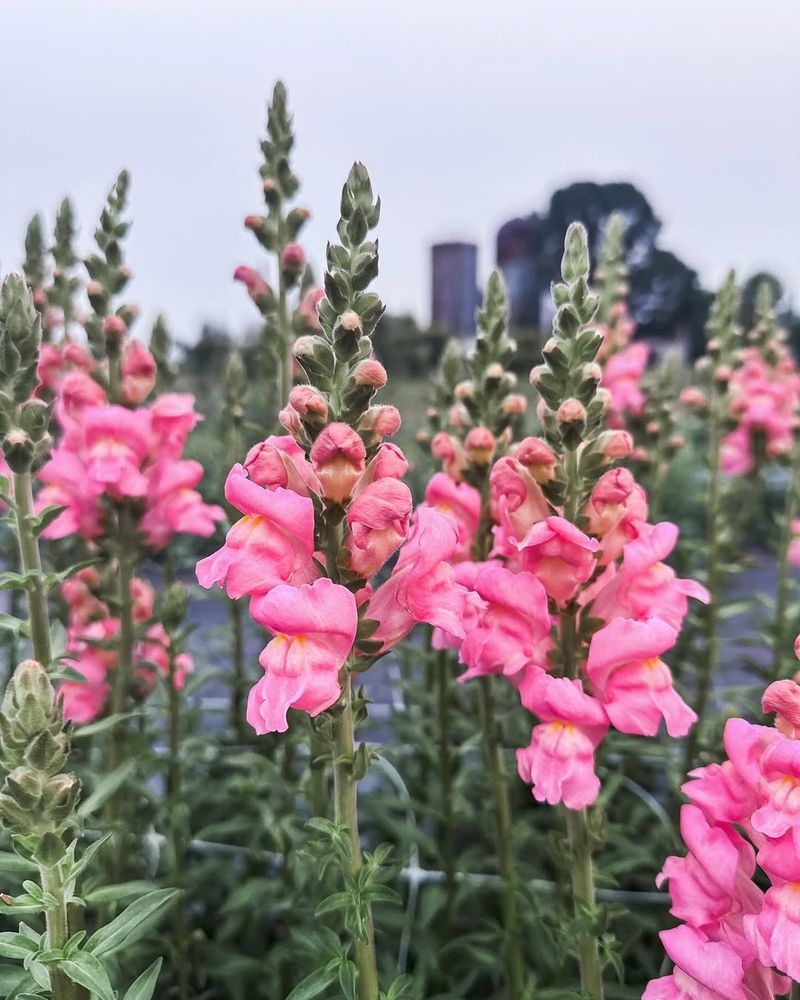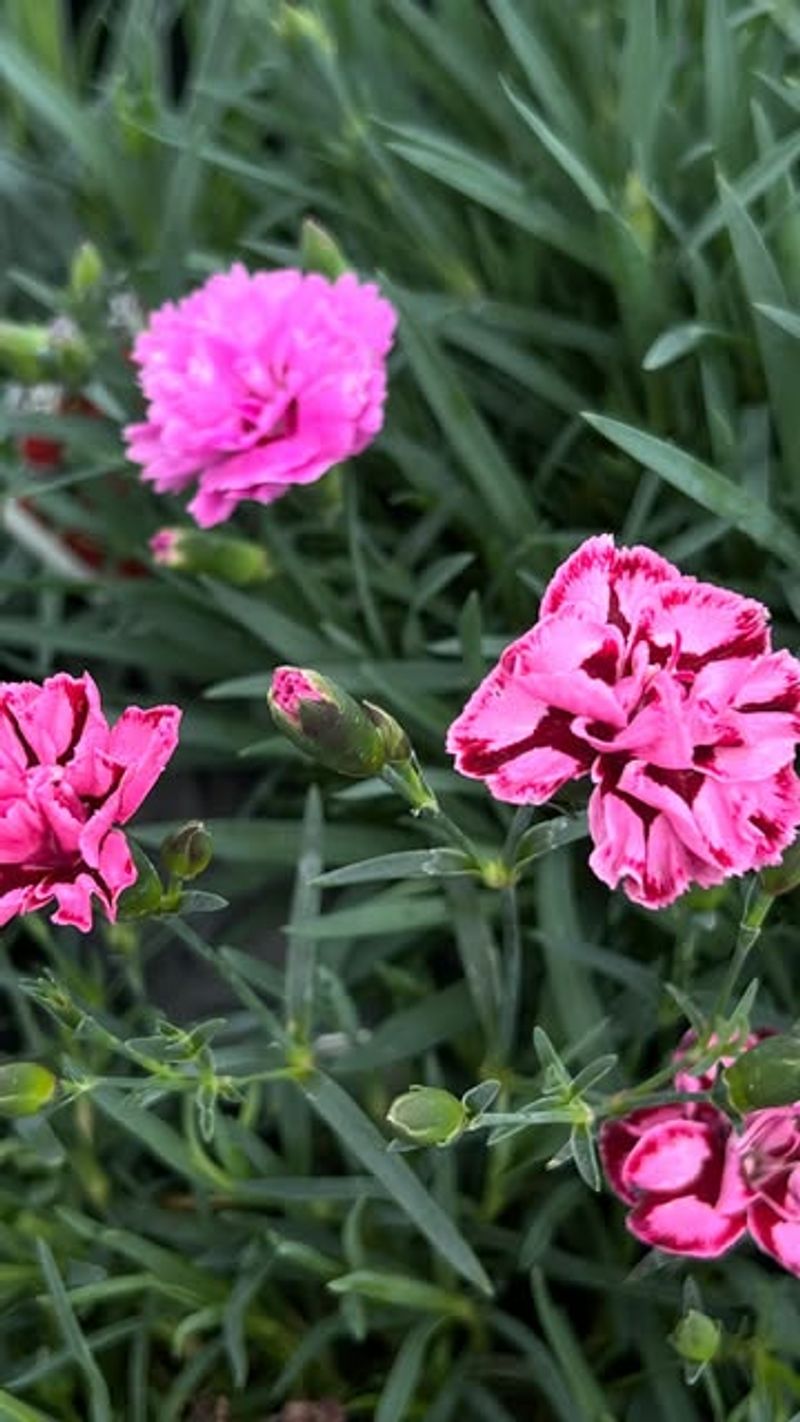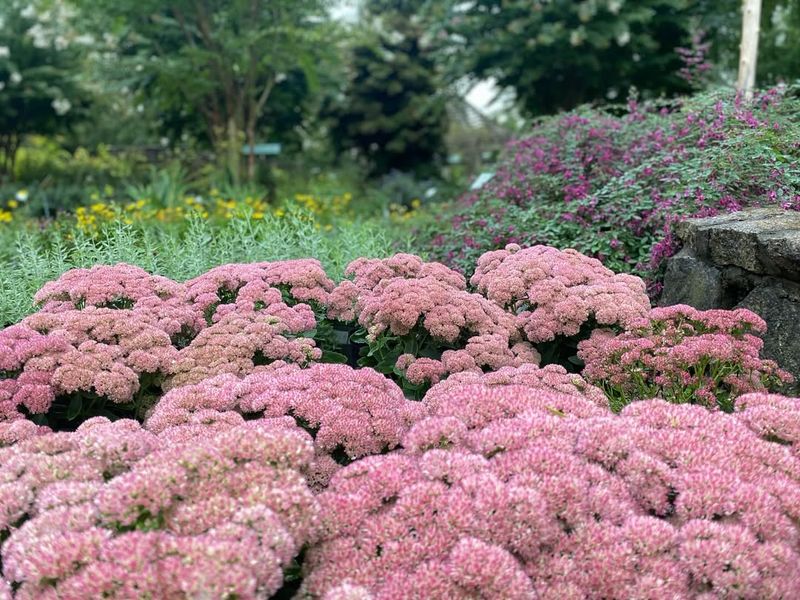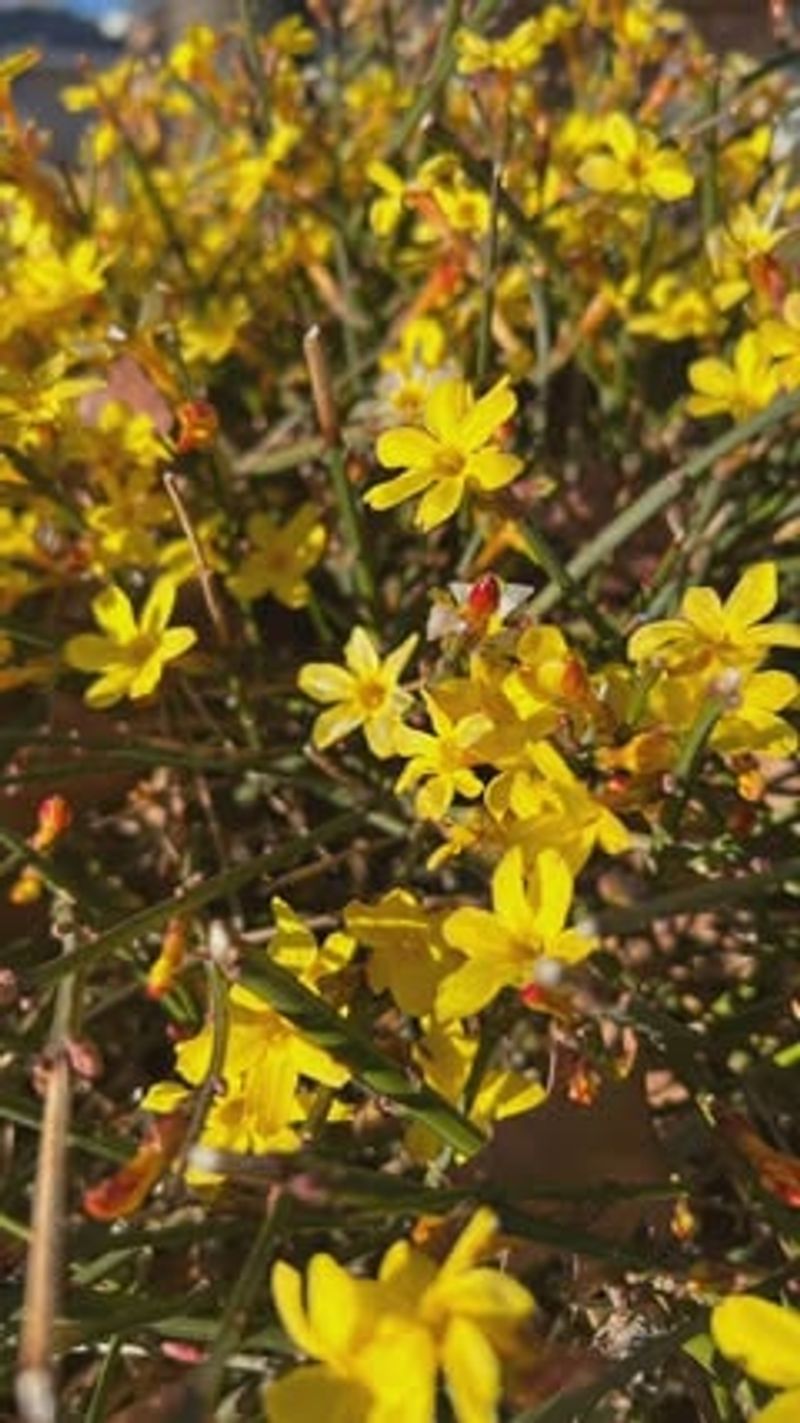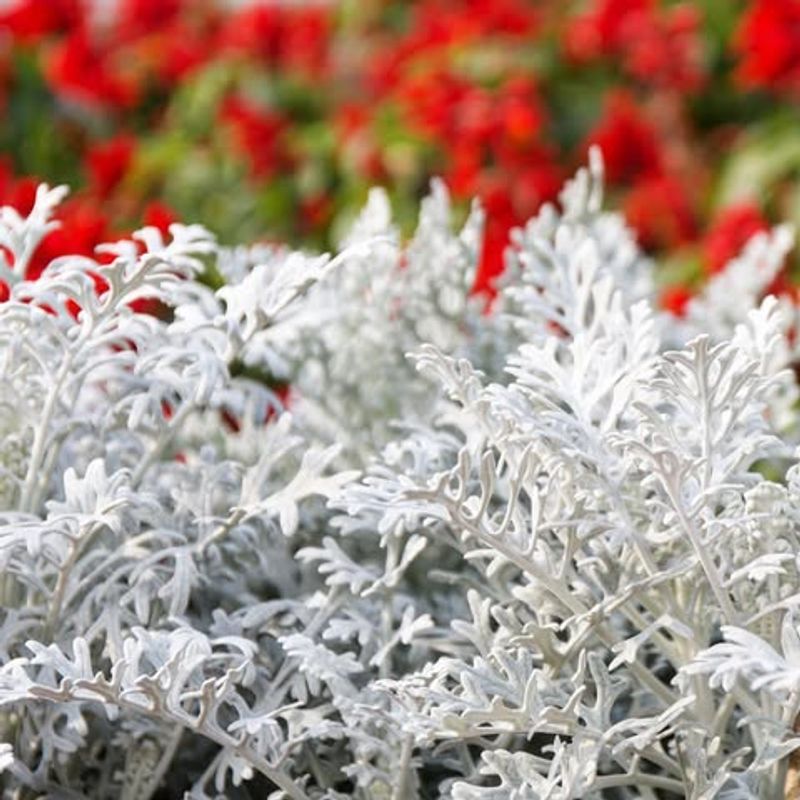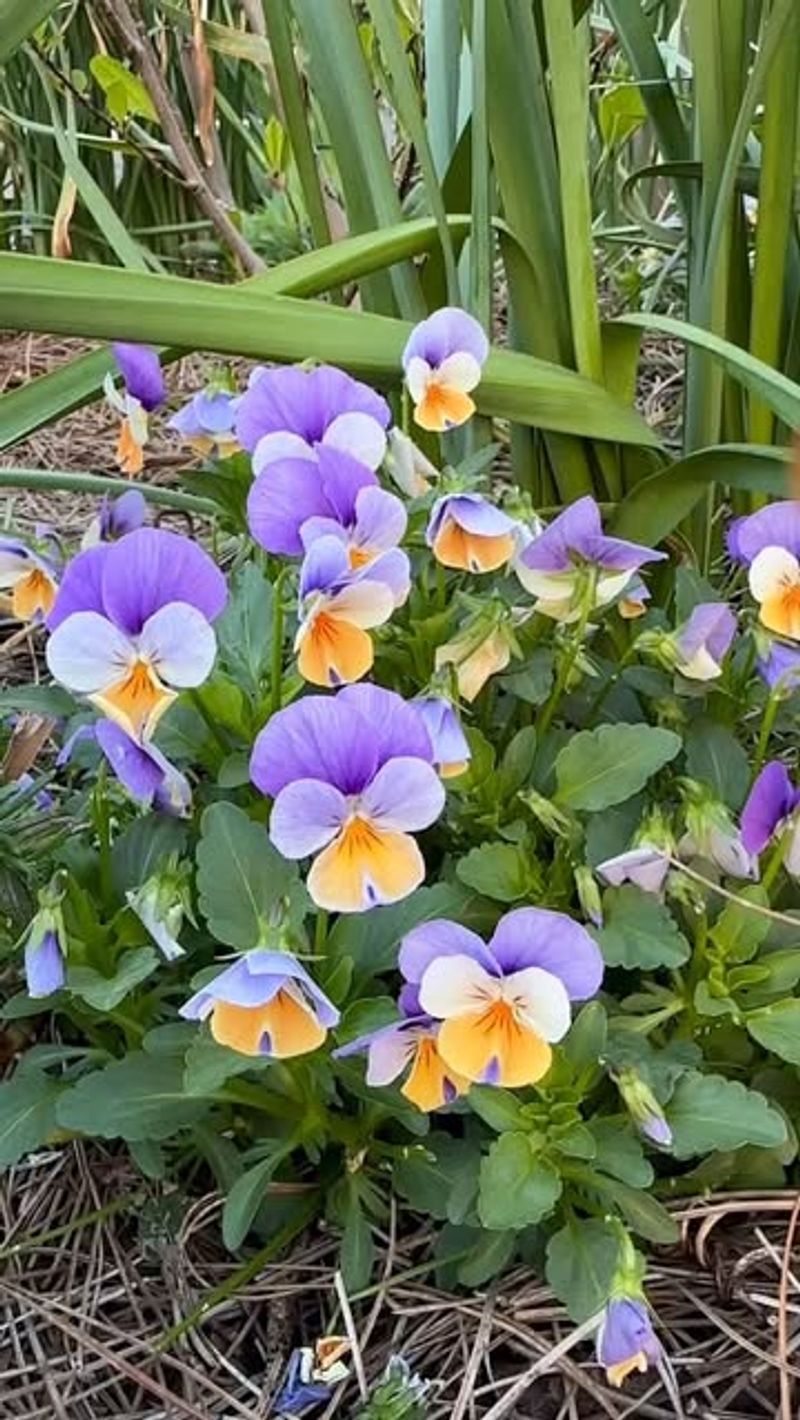Nebraska’s early winter hits harder than expected, and most flowers simply aren’t built for that sudden shift. A handful, though, tough it out without losing their charm.
I’ve watched them keep color long after others collapsed. Their resilience makes them a comforting sight when the cold rolls in too soon.
1. Pansies
Pansies are one of the toughest little bloomers you’ll find in Nebraska gardens during chilly months. Their cheerful faces come in practically every color imaginable, from deep purples to sunny yellows.
What makes them special is their ability to bounce back after frost settles on their petals overnight. Many Nebraska gardeners plant them in October, and they keep blooming well into December.
Water them when the soil isn’t frozen, and they’ll reward you with weeks of gorgeous color.
2. Ornamental Kale
With ruffled leaves that look almost too pretty to eat, ornamental kale becomes even more stunning when temperatures drop. Cold weather actually intensifies the purple, pink, and white colors in the foliage.
Nebraska’s frosty mornings make these plants look like works of art in your garden beds. They can handle temperatures down to 5 degrees Fahrenheit without any problems.
Plant them alongside mums in fall, and they’ll still be gorgeous when everything else has faded away.
3. Chrysanthemums
Mums are Nebraska favorites because they bloom right when autumn transitions into early winter. Their dense, pompom-like flowers come in warm shades of rust, gold, burgundy, and bronze that match the season perfectly.
Hardy varieties can withstand several light frosts before finally calling it quits for the year. The key is choosing mums labeled as garden hardy rather than florist types.
Mulch around the base after the first freeze to help protect roots through winter.
4. Witch Hazel
Imagine seeing bright yellow ribbons of flowers blooming on bare branches when snow covers the ground. Witch hazel does exactly that in Nebraska, sometimes flowering as early as January or February.
This shrub laughs at cold weather, producing fragrant blooms that look like tiny fireworks. Its unusual flowering time makes it a conversation starter in any yard.
Once established, witch hazel needs very little care and can handle Nebraska’s temperature swings like a champion.
5. Hellebores
Known as the Christmas rose, hellebores start blooming in late winter when most people have forgotten what flowers look like. Their cup-shaped blooms nod gracefully above evergreen foliage, creating an elegant display.
These tough perennials actually prefer cool weather and will bloom for months across Nebraska’s unpredictable late winter. Colors range from pure white to deep purple and even spotted varieties.
Plant them in partly shaded areas where they’ll return year after year with minimal fuss.
6. Winterberry Holly
Bright red berries clustered on bare stems create a stunning contrast against Nebraska’s winter snow and gray skies. While technically the berries rather than flowers are the main attraction, this shrub puts on an incredible show.
The berries persist through the coldest months, providing food for birds and beauty for your yard. Female plants need a male pollinator nearby to produce those gorgeous red clusters.
Winterberry thrives in Nebraska’s clay soils better than many other ornamental shrubs.
7. Snapdragons
Snapdragons surprise many Nebraska gardeners by continuing to bloom even after the first few frosts hit. Their tall spikes of dragon-faced flowers come in practically every color you can imagine.
Cool-season varieties actually prefer the chilly weather and produce their best blooms when temperatures drop. They can handle light freezes that would stop other annuals in their tracks.
Deadhead spent blooms regularly, and snapdragons will keep flowering until hard freezes arrive, often lasting into late November across Nebraska.
8. Dianthus
Sweet-smelling dianthus flowers have fringed petals that look like they were cut with fancy scissors. Nebraska gardeners love them because they tolerate cold better than most people expect.
Their spicy, clove-like fragrance becomes even more noticeable on cool mornings. Many varieties keep blooming through light frosts, adding pops of pink, red, or white to fall and early winter gardens.
Plant them in well-drained spots, and they’ll reward you with blooms when other flowers have long since stopped trying.
9. Sedum
Sedum’s thick, succulent leaves and clustered flower heads look amazing even after frost transforms them into burgundy and copper sculptures. These tough plants laugh at Nebraska’s temperature drops.
Their dried flower heads actually become more interesting as winter progresses, catching snow and creating architectural interest. Many gardeners leave them standing all winter for visual appeal and to provide seeds for birds.
Sedum requires almost no maintenance and thrives in the well-drained soil conditions found across much of Nebraska.
10. Winter Jasmine
Bright yellow flowers appearing on bare green stems during late winter make winter jasmine a real showstopper. This tough vine starts blooming in February or March across Nebraska, often while snow still covers the ground.
Its cheerful yellow blooms signal that spring is coming, even when winter seems endless. The arching stems can cascade over walls or sprawl across the ground as a groundcover.
Winter jasmine handles Nebraska’s cold snaps without complaint, bringing much-needed color when gardens need it most.
11. Dusty Miller
Silvery-gray foliage that looks like it’s been dusted with powder makes this plant a stunning addition to Nebraska winter gardens. While grown mainly for leaves rather than flowers, dusty miller becomes even more beautiful when frost outlines each fuzzy leaf.
Its soft texture and pale color provide contrast against darker plants and evergreens. Dusty miller tolerates cold temperatures remarkably well, often staying attractive until heavy snow buries it.
Use it as a filler plant in containers that transition from fall into early winter.
12. Violas
Smaller cousins of pansies, violas pack just as much cold tolerance into their petite frames. Their tiny faces smile up from garden beds even when Nebraska temperatures dip into the twenties.
Violas come in charming color combinations, often with whisker-like markings that give each bloom personality. They self-seed readily, meaning you might find surprise volunteers popping up in unexpected places next season.
Plant them densely for a carpet of color that persists through multiple frosts and light snowfalls across Nebraska.


